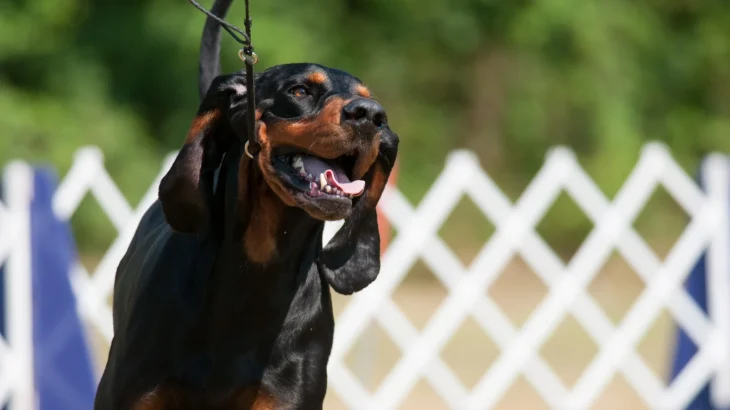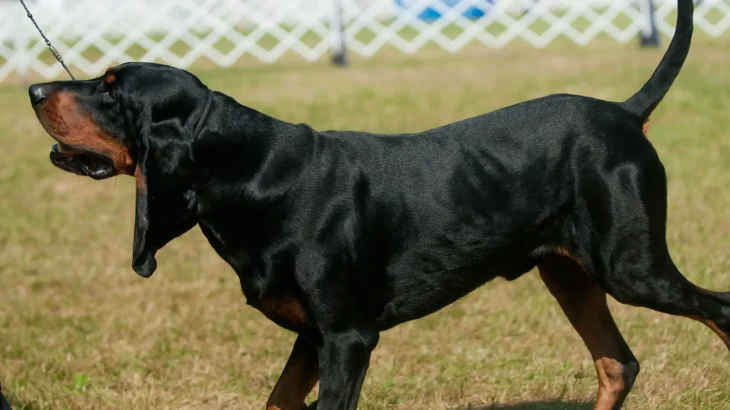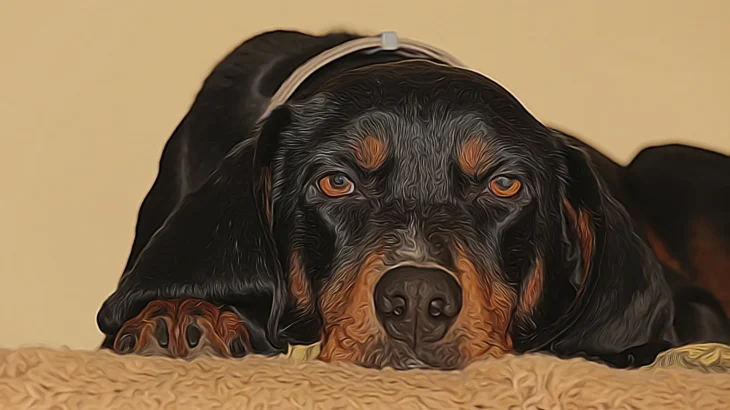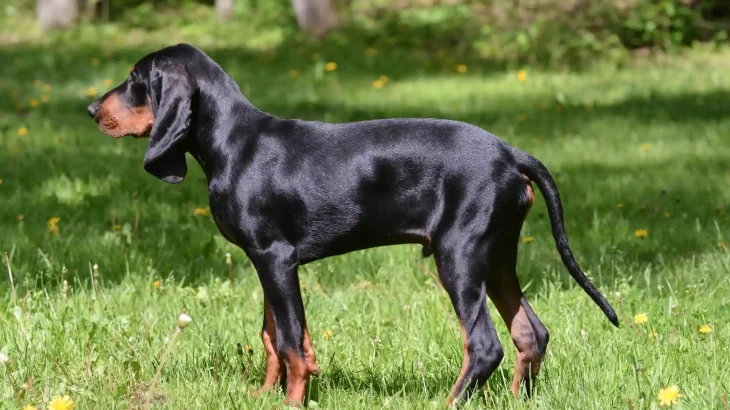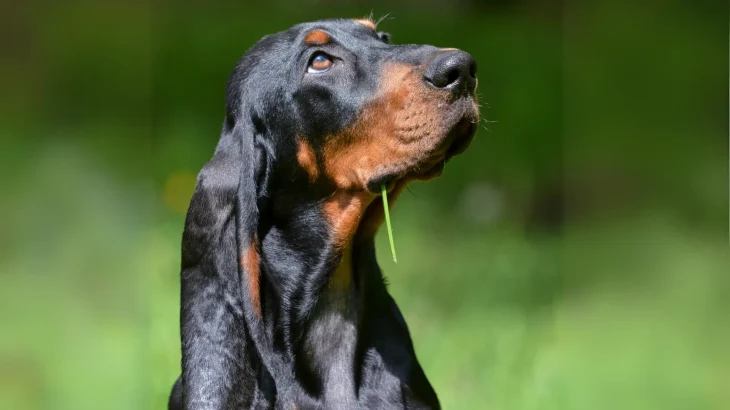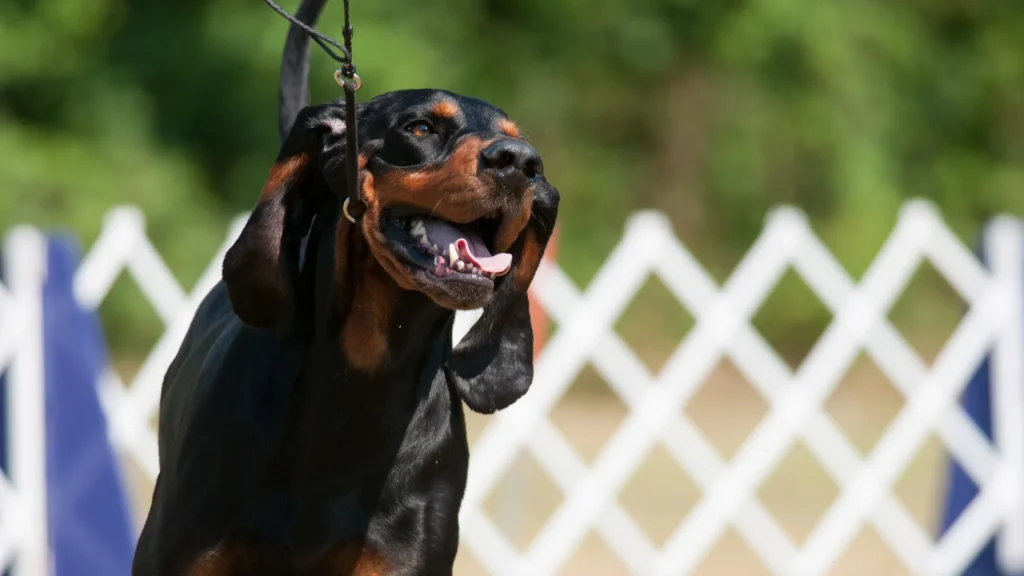When deciding between adopting or purchasing a Black and Tan Coonhound puppy, the choice often hinges on the information available about the puppy's background and the support you expect. Buying from a breeder generally provides clearer insights into health and lineage, while adoption offers a chance to give a home to a dog that may otherwise lack one.
Adoption vs. Breeder: Pros & Cons
| Criteria | Buying from Breeder | Adopting from Shelter/Rescue |
|---|---|---|
| Cost | Typically higher; purebred Black and Tan Coonhounds from reputable breeders can cost several hundred to over a thousand dollars. | Usually lower adoption fees, often including vaccinations and sterilization. |
| Health History | Breeders provide detailed health history and genetic screening relevant to the breed. | Health records may be limited or unknown; shelters perform basic health checks. |
| Age Availability | Primarily puppies, allowing you to raise them from a young age. | Variety of ages available, including adult and senior dogs. |
| Temperament Insight | Breeders can offer knowledge about lineage temperaments and traits common in the breed. | Shelter staff can share behavior observations, but background temperament info may be limited. |
| Supporting Practices | Supports selective breeding programs aiming for breed standards; important to choose ethical breeders. | Supports animal welfare by rescuing dogs in need and reducing shelter populations. |
| Breed Purity & Pedigree | Assured pedigree and breed purity documentation. | Breed purity is often unknown, and dogs may be mixed or purebred without official papers. |

